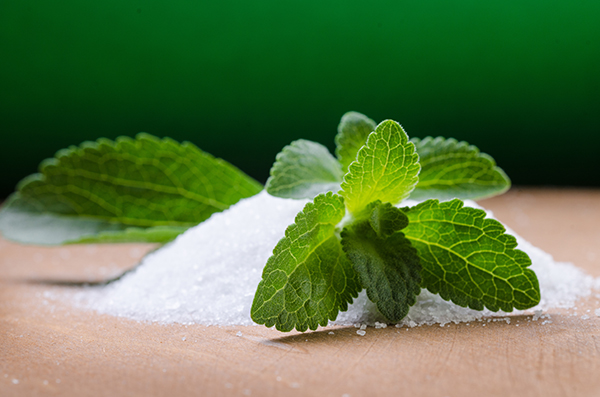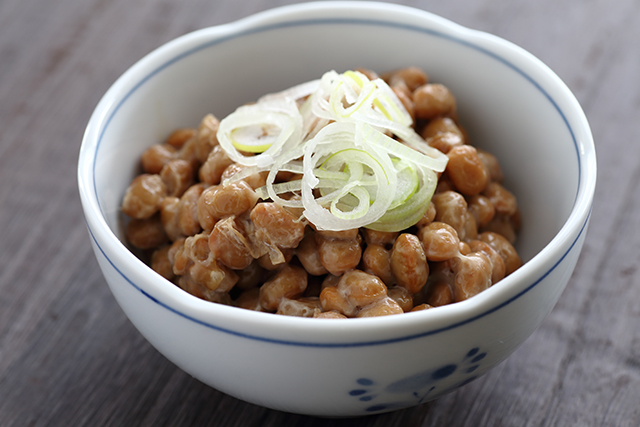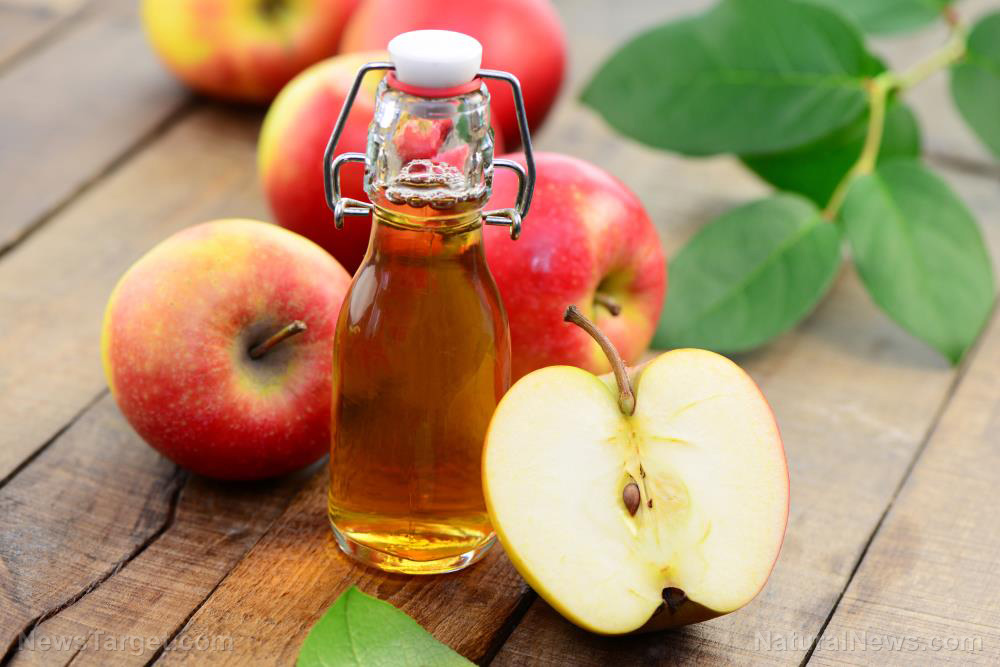Ginger found to help lower risk of hypertension and coronary heart disease
Human knowledge is under attack! Governments and powerful corporations are using censorship to wipe out humanity's knowledge base about nutrition, herbs, self-reliance, natural immunity, food production, preparedness and much more. We are preserving human knowledge using AI technology while building the infrastructure of human freedom. Speak freely without censorship at the new decentralized, blockchain-power Brighteon.io. Explore our free, downloadable generative AI tools at Brighteon.AI. Support our efforts to build the infrastructure of human freedom by shopping at HealthRangerStore.com, featuring lab-tested, certified organic, non-GMO foods and nutritional solutions.
03/29/2024 / By Olivia Cook

Ginger root (Zingiber officinale) is often added into food to provide flavor and counter the strong taste of fish. It is also used in folk, traditional and alternative medicine due to its health benefits.
In particular, traditional medicine has long used ginger to improve heart health and regulate blood pressure, blood circulation and cholesterol levels. A study published in the journal Nutrition, which involved more than 4,500 adults aged between 18 and 77 years old, zoomed in on this health benefit. The study authors from China observed the daily ginger consumption among the participants and the prevalence rate of chronic diseases such as coronary heart disease (CHD) and hypertension in the same cohort.
“Daily ginger consumption was associated with decreased risk for hypertension … and CHD. The probability of illness … decreased when the level of daily ginger intake increased,” the study authors noted. “Ginger has a potential preventive property against some chronic diseases, especially hypertension and CHD, as well as its ability to reduce the probability of illness.”
Traditional Chinese medicine (TCM) practitioner Zhang Weijun of the TCM family Huai Sheng Tang also mentioned ginger’s anti-thrombotic effect during his appearance on the Epoch Times program “Health 1+1”. People with poor blood circulation can benefit from the consumption of more ginger, he explained, as it helps combat blood clots.
3 Kinds of ginger for consumption
Zhang also mentioned three kinds of ginger during his appearance on the program.
Young ginger is harvested after four months of cultivation, and has a mild spiciness to it courtesy of the plant compound gingerol. It is renowned for its ability to cut through greasiness and neutralize fish odors. Given these quality, young ginger is often eaten raw as an appetizer or pickled.
Powdery ginger, which has a light brown color, is harvested after six months of cultivation. It is significantly warmer in nature, making it effective in dispelling cold. Powdery ginger is best used for stir-frying, sauteing or cooking sweet soups.
Old ginger is harvested after 10 months. It is known for its excellent ability to dispel cold – more potent than powdery ginger – and warming the stomach due to its high gingerol content. Thus, it can be used for teas and heavy dishes.
How to consume ginger
You can use ginger in numerous forms – fresh, dried, candied, crystallized, ground or powdered, pickled or preserved.
Ginger tea. Wash, peel and finely slice about an inch of fresh ginger root and combine with about a cup of water in a saucepan. Bring this to a boil in high heat then simmer for five minutes. Pour your tea through a fine strainer. Add lemon and honey, then let this cool before drinking.
Ginger paste. Wash, peel and chop the ginger before blending this with about ? cup of water. Add more water to your preferred consistency. Put the paste into a thoroughly cleaned jar and store it in the refrigerator. You can add this to your coleslaw, curry dips, fruit salsa or salad dressings.
Ginger rice. Wash, peel and grate about two tablespoons of ginger. Put your grated ginger in a saucepan with about one-and-a-half cups of water. Bring this to a boil before adding one cup of rice. Reduce to low heat and cook until the rice absorbs the liquid.
Pickled ginger. Prepare your ingredients:
- 8 ounces (½ pound) of fresh baby ginger, peeled and finely sliced
- 2 cups of water (add as needed)
- 1 cup of unseasoned five percent rice vinegar
- 1 teaspoon of kosher or sea salt
- ¼ cup of sugar, or more according to your taste preference (or a natural sweetener of your choice)
Wash and scrub the ginger well to remove any bits of dirt or soil. Use a spoon to scrape off any thick or papery bits of skin. If you’re using mature ginger, you will want to fully peel it.
Thinly slice the ginger across the grain using a vegetable peeler or mandoline. You want the ginger to be as paper-thin as possible and using a peeler is the most effective way to do this.
Place sliced ginger in a bowl. Pour two cups of boiling water over the ginger and let it sit for five minutes. If you’re using mature ginger, you might want to blanch the ginger in a pot of boiling water for five to 10 minutes to soften it further.
Drain ginger slices well then pack them into one-pint mason jar or two half-pint mason jars. Be sure the jars are thoroughly washed and sanitized in boiling water before using.
Bring vinegar, sugar and salt to a simmer in a saucepan, stirring until the sugar is completely dissolved.
Pour the hot liquid over the sliced ginger in the jars. Secure lids and allow the jars to cool to room temperature before refrigerating. Your pickled ginger is ready to eat after several hours.
Visit Superfoods.news for more stories like this.
Watch this video to learn some of the health benefits of ginger.
This video is from the Non-Toxic Home channel on Brighteon.com.
More related stories:
Thai black ginger found to delay arthritis progression and suppress inflammation.
Ginger and rosemary oil found to lower cholesterol levels.
Sources include:
Submit a correction >>
Tagged Under:
alternative medicine, food cures, food is medicine, ginger root, gingerol, healing, Heart, heart health, herbal medicine, Herbs, natural cures, natural medicine, old ginger, powdery ginger, remedies, young ginger, Zingiber officinale
This article may contain statements that reflect the opinion of the author
RECENT NEWS & ARTICLES
Natural.News is a fact-based public education website published by Natural News Features, LLC.
All content copyright © 2018 by Natural News Features, LLC.
Contact Us with Tips or Corrections
All trademarks, registered trademarks and servicemarks mentioned on this site are the property of their respective owners.



















